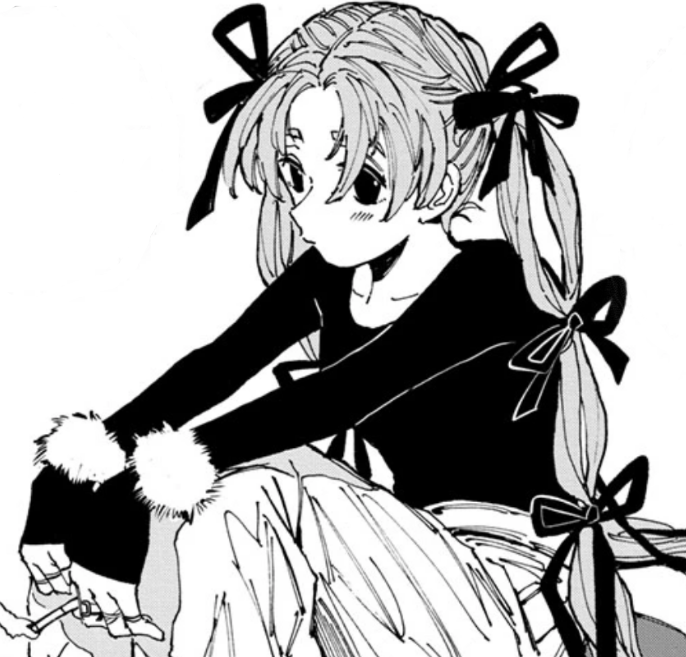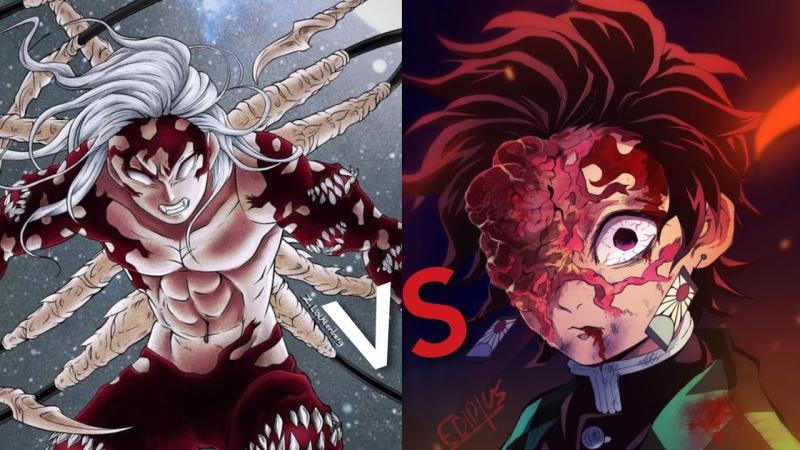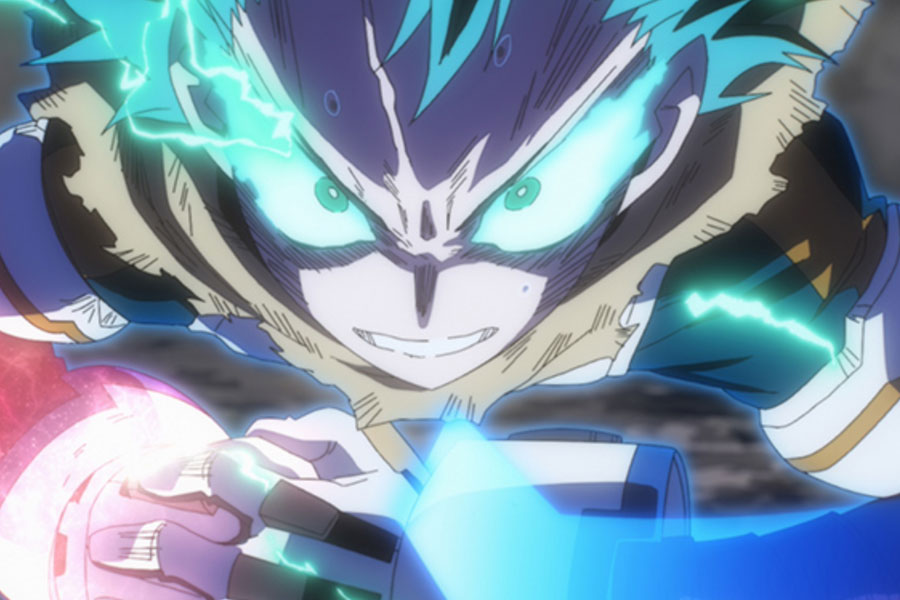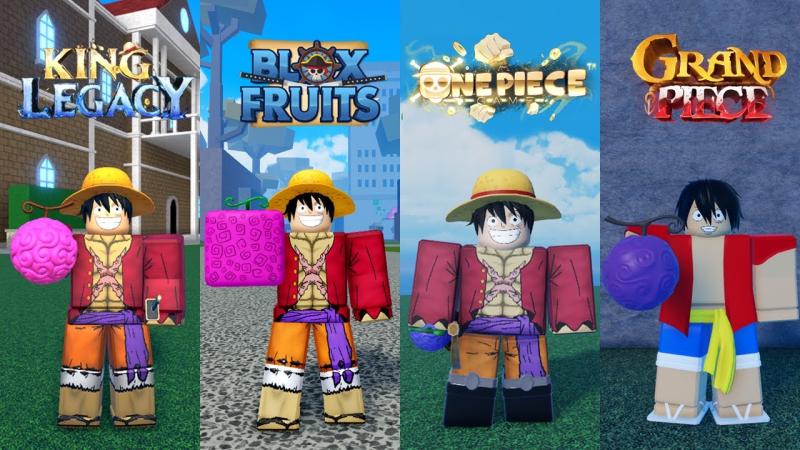Behind the Animation: How Ufotable’s Visual Mastery Has Elevated Demon Slayer’s Success
Alright, folks, let’s talk about something that’s been absolutely blowing my mind lately—Demon Slayer. I’m sure by now you’ve all heard of it. Heck, you’ve probably watched it, rewatched it, cried over it, and then jumped straight into the manga to see what happens next (don’t worry, no spoilers here). But there’s one thing about this show that continuously leaves me picking my jaw up off the floor, and no, it’s not just the plot or the heart-wrenching storylines—it’s the animation.
And I know what you’re thinking: "Jack, we get it, the show looks good." But here’s the thing: Demon Slayer doesn’t just look good—it’s a visual masterpiece, and we owe a huge chunk of that to Ufotable, the studio behind this absolute feast for the eyes. So today, I’m diving deep into how Ufotable’s animation is more than just a pretty face and why it’s played such a massive role in the show’s success. Buckle up—this is gonna be a ride!
The Magic of Ufotable: More Than Just Cool Looking Swords
Right off the bat, let’s address the elephant in the room—yes, Ufotable’s animation is stunning. But what makes it so jaw-droppingly unique? Well, it’s not just about the flashy sword fights or the vibrant colors (though, let’s be honest, those are pretty sick). Ufotable has this wild ability to blend 2D animation with 3D environments in a way that doesn’t feel jarring or out of place. A lot of studios have tried this, but Ufotable nails it.

Ufotable animation style
Think about it: remember the Mugen Train movie? That fight with Rengoku and Akaza? The way the camera was able to swing around during their battle, giving you this dynamic, almost video game-like perspective? That’s all thanks to the way Ufotable seamlessly blends 2D animation with 3D environments. It creates a depth that you just don’t get from traditional 2D animation.
Why does this matter? Well, it’s not just eye candy. By blending these two styles, Ufotable manages to immerse viewers in the world of Demon Slayer. You’re not just watching a fight—you’re in the fight. You can feel the weight of every sword swing, the tension in every step, and the sheer chaos of the battles. It’s like you’re right there, dodging demon claws alongside Tanjiro.
Timing Is EVERYTHING: How Ufotable Plays with Pacing
Now, let’s talk about something that a lot of people might overlook when thinking about animation—pacing and timing. In that epic breakdown by Damon (shoutout to that guy for really knowing his stuff), he points out something crucial: Ufotable doesn’t just throw flashy animation at you and call it a day. They understand that great animation is about knowing when to hit you with the big moments and when to pull back.
Tanjiro fighting
Take Tanjiro’s Water Breathing forms, for example. When Tanjiro unleashes those gorgeous water effects, it’s not just about seeing a cool attack. Ufotable makes sure to build up the tension before releasing that visual explosion. They let the moment breathe (pun intended), giving you a second to process what’s happening before they hit you with the full impact. It’s like when you’re playing a game, and you’re charging up your ultimate move—you know something big is coming, and the anticipation makes the payoff that much sweeter.
In fact, in one of the battle scenes, Damon talks about how a single slice that Tanjiro makes (you know, the one where he takes out a demon’s neck in one smooth motion) is actually made up of three separate cuts. What?! That’s insane. But it’s this kind of attention to detail that makes Ufotable so damn good at what they do. They’re not just animating pretty scenes; they’re crafting an experience.
Water Breathing: A Whole New Level of Visual Art
Alright, let’s take a moment to appreciate how Ufotable has managed to make something as simple as water look so freaking epic. I mean, if I were to ask you to make water look cool in an anime, you’d probably draw some wavy lines and call it a day, right? But not Ufotable. Oh no, they had to go and turn Tanjiro’s water techniques into literal works of art.

Water Breathing techniques
For those unfamiliar (though I doubt any of you are), Tanjiro’s Water Breathing techniques are based on flowing, fluid motions that mimic the movement of water. And Ufotable didn’t just animate these techniques—they made them feel like water. The way the water swirls, crashes, and flows during his attacks is almost hypnotic. You can practically feel the power behind each move, which is wild considering—it’s just water!
And it’s not just the animation that’s impressive. Ufotable draws inspiration from traditional Japanese art, especially the ukiyo-e style of painting (think those iconic woodblock prints of waves). This art style is woven into the animation, giving Tanjiro’s attacks a cultural richness that’s both visually striking and emotionally resonant. It’s like they took centuries of art history and said, “Let’s make this into an anime attack.” Absolute genius.
A Quick Breakdown of Key Water Breathing Forms
For my fellow nerds out there who love specifics, here’s a quick breakdown of some of Tanjiro’s Water Breathing techniques and why they’re such a visual treat:
-
First Form: Water Surface Slash – A horizontal slice that’s super satisfying to watch. The water splashes as Tanjiro slices through his enemies, and it feels like watching a sword cut through a wave.
-
Second Form: Water Wheel – A flipping, spinning attack where the water forms this beautiful, circular motion. It’s like watching a tidal wave roll over his enemies.
-
Tenth Form: Constant Flux – This one’s a personal favorite. The water flows around Tanjiro like a whirlpool, growing more powerful with each swing. The way Ufotable animates the water here makes it feel like a force of nature—unstoppable and breathtaking.

Water Surface Slash
Each form has its own unique animation, but the one thing they all have in common? They look incredible. And that’s no accident. Ufotable’s team doesn’t just animate—they craft these scenes to make sure every drop of water feels alive, every swing of the sword feels fluid, and every attack feels like it’s packed with emotion.
Compositing and Lighting: The Unsung Heroes
Let’s take a moment to appreciate the unsung heroes of this whole operation—the compositors and lighting team. These are the folks who take the raw animation and make it pop on screen. And trust me, without them, Demon Slayer wouldn’t hit nearly as hard.

Lighting techniques in animation
One of the things Ufotable does insanely well is the way they handle lighting. They use it to create mood, tension, and atmosphere. It’s not just about lighting the scene so you can see what’s going on—it’s about making you feel what’s going on. In the darker, more intense moments (like when Tanjiro is facing off against a particularly nasty demon), the lighting becomes harsh, almost oppressive. Shadows play across the characters’ faces, and you can feel the weight of the situation.
Then, when the action kicks into high gear, the lighting shifts. It becomes brighter, more dynamic, almost blinding in some cases. It’s like Ufotable is pulling you into the fight, making you feel the heat of the flames or the cold splash of water. It’s these subtle touches that make the animation feel so much more immersive.
And let’s not forget about the compositors. These are the folks responsible for blending all the different elements of the animation together—2D characters, 3D environments, special effects, you name it. Without them, the animation would feel disjointed, like a bunch of different pieces slapped together. But with them? It’s seamless. It’s like you’re watching a single, fluid piece of art unfold before your eyes.
The Infinity Castle Arc: Ufotable’s Biggest Challenge Yet?
Now, let’s talk about what’s coming up next—the Infinity Castle Arc. If you’ve read the manga, you know this arc is going to be intense. And if you haven’t read the manga, well, buckle up, because things are about to get wild. But here’s the thing: animating this arc is going to be a huge challenge for Ufotable. Why? Because the Infinity Castle is a beast of a setting.
Infinity Castle Arc
For those who aren’t familiar, the Infinity Castle is basically this massive, ever-shifting labyrinth where the final battles of the series take place. It’s a huge, disorienting space with constantly moving walls, floors, and ceilings. It’s the kind of place that would make anyone lose their sense of direction. And animating that? Yeah, that’s no small feat.
But if there’s one studio that can pull it off, it’s Ufotable. They’ve already given us a taste of what the Infinity Castle is going to look like in the Swordsmith Village movie, and let me tell you—it’s going to be absolutely insane. The way they blend 2D and 3D elements to create this shifting, almost surreal environment is mind-blowing. You can already see the attention to detail in the way the walls move and the floors twist, creating this sense of unease and tension.
And the best part? Rumor has it that Ufotable might be adapting the Infinity Castle Arc into a film trilogy. Now, nothing’s been confirmed yet, but if this turns out to be true, we’re in for one of the most visually stunning anime experiences of all time. I mean, can you imagine the kind of battles we’re going to see? Tanjiro and the gang facing off against the Upper Moons in this constantly shifting maze? Yeah, sign me up.
Conclusion: Ufotable’s Legacy in the Anime World
At the end of the day, Ufotable isn’t just making an anime—they’re revolutionizing the way we experience animation. They’ve taken Demon Slayer, a series that already had a strong story and compelling characters, and elevated it to an entirely new level. From their seamless blending of 2D and 3D animation to their impeccable timing and pacing, Ufotable has set a new standard for what anime can look like.
And honestly? I couldn’t be more excited to see what they do next. Whether it’s the upcoming Infinity Castle Arc or whatever project they decide to take on after Demon Slayer, one thing’s for sure: Ufotable is here to stay, and they’re going to keep blowing our minds with every frame.
So, what do you think? Has Ufotable’s animation won you over, or are you still on the fence? Drop a comment below and let me know your thoughts! I’m dying to hear what you all think, especially with what’s coming up next for Tanjiro and the gang.
And hey, if you haven’t already, go rewatch some of those fight scenes. Trust me, you’ll notice something new every time.




















